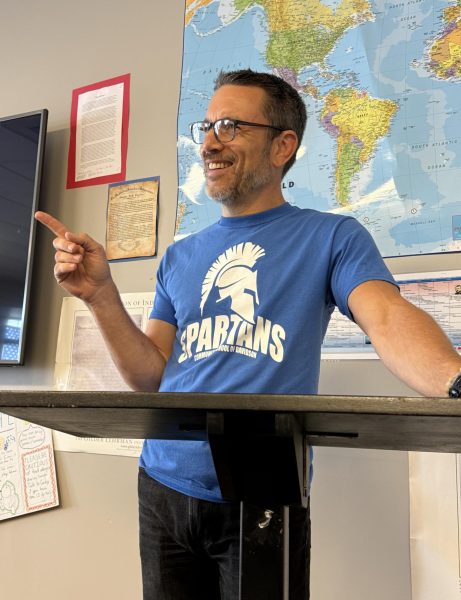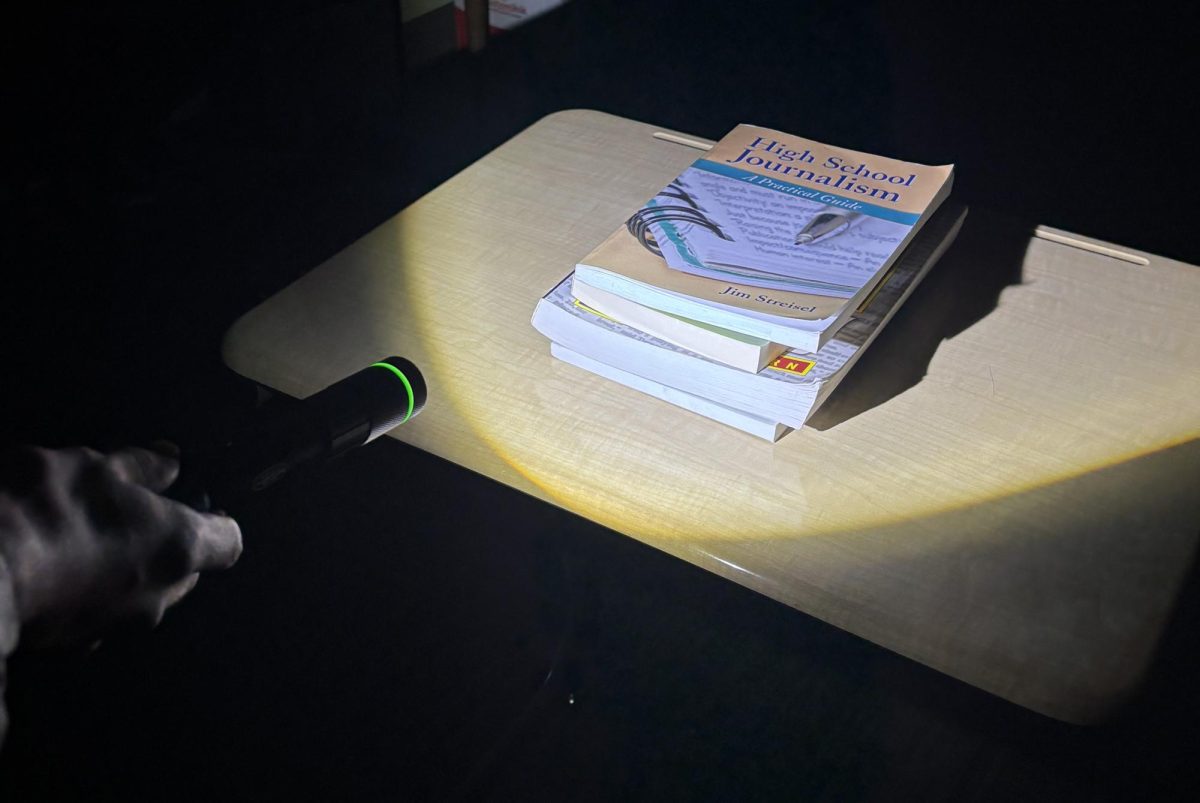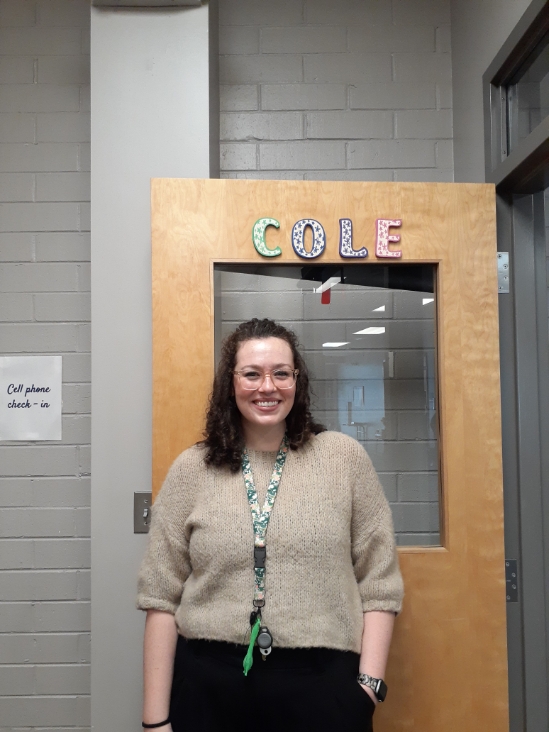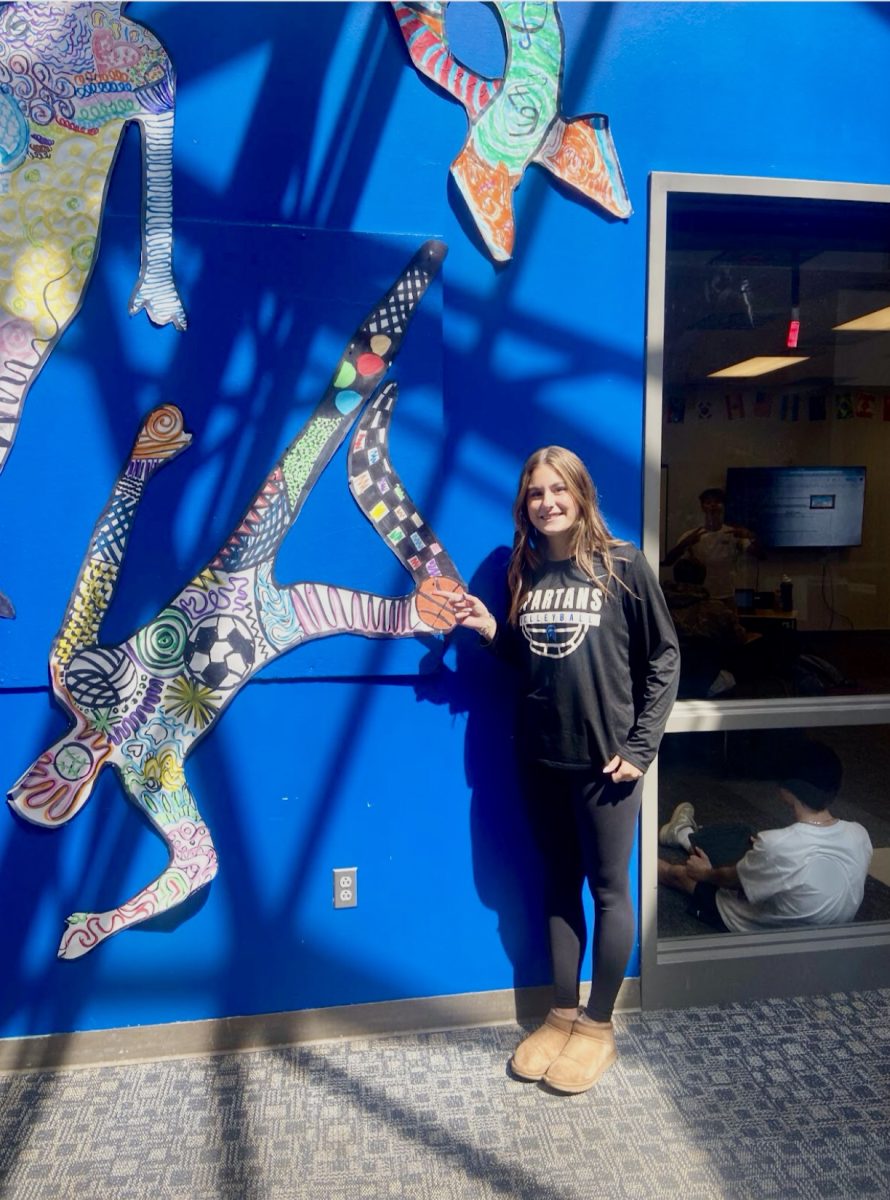“The Basic School,” a framework for schools created by Ernest Boyer, PhD,, empowers teachers to create learning environments that put the student first. Dr. Boyer was a massive influence on the American education system and helped redefine what a quality education looks like.
At the Community School of Davidson (CSD) High School, which follows Dr. Boyer’s framework for a successful school, something as simple as taking a walk fits perfectly with the concept of putting the student first.
Dr. Boyer’s book emphasizes the importance of students being mentally comfortable in order to be able to learn, and teachers taking their students on walks can help create the right mental environment for learning.
To be more specific, taking a walk is about dropping pens, closing Chromebooks, getting up from desks, exiting the building to walk around the outside then returning to continue learning.
Anthony Yodice, American History teacher, takes his classes on frequent walks. At CSD, he started the activity almost a decade ago.
“My first year here I taught eighth grade and my eighth period (class) was just a combustible mix of students,” Anthony Yodice said. “And in a class that was an ungraded elective, I was like, how am I going to get these guys to settle down and actually get something done? Let’s take a walk. Let’s clear our minds. Let’s get some energy out.”

And so it began.
From a teacher’s perspective, a walk also provides an opportunity to connect with a student or small group in a relaxed setting. Yodice loves to connect with his students when they take a lap.
“I find out things about them that I wouldn’t find out in the classroom, or a student who might not talk in front of the whole class chats with me just as we’re walking towards the back of the group. And so some of the best conversations I have with students are outside on a walk, not sitting in here,” Yodice said.
These kinds of connections that are built outside of the academic setting go back to Dr. Boyer’s framework, which encourages teachers to build stronger relationships with students beyond just tests and grades.
Respect between teachers and their students is another big part of Dr. Boyer’s framework for a better school. One of the reasons Yodice takes his students on walks is that when he’s working, he can’t be sitting in the same place for too long, so it isn’t fair to expect the students to do the same.
“I just like to be outside. You will not find me sitting at this desk for hours and hours,” Yodice said. “If I can’t do it, I’m not going to make the kids do it either.”
Susan Soares, Spanish teacher, tries to take her students on walks every Thursday. She has observed benefits in taking walks, similar to Yodice.
“When we come back, they are so locked in,” Susan Soares said. “I’m surprised. They will sit and work and finish their task.”
The effects on learning that the students and teachers feel isn’t just placebo. According to research from the National Institutes of Health, when volunteers took a break while practicing a new skill, their brain activity improved. The research indicated that volunteers performed the skills better after they had taken a break, which suggests a correlation between taking a break and better performance.
There are, however, times where going on a walk may not be the best choice. For more rigorous classes, teachers simply may not have the time to spare to take students on a walk without risking their class falling behind on the material they need to cover.
CSD’s class periods are also only 45 minutes, which is shorter than most public schools. This can make it hard to spend the seven minutes required to take a lap around the building.
Weather also plays a part in teachers going outside with their students. On rainy days, teachers usually avoid walks so that students don’t get wet, or slip and fall. During the winter, it can be unpleasant to walk through the cold weather.
But when the weather is nice, most students love taking laps.
Adriana Vinas (‘27) likes when teachers go on walks during class because it lets her connect with nature, prioritizing a part of education that is usually underemphasized: mental improvement, as opposed to academic and physical.
“It lets you get fresh air, especially if you’re stressed out throughout the day. When you’re super tired, it wakes you up, and when the breeze hits you, it’s really nice,” Adriana Vinas said.
Senior Matilda Walter (‘26) agrees with Vinas. Walter enjoys taking walks because it lets her reset before class, and come back refreshed and ready to be productive during class.
“It’s a nice brain break,” Matilda Walter said. “I feel more awake and ready to learn. When it’s nice outside, it’s just beautiful.”















